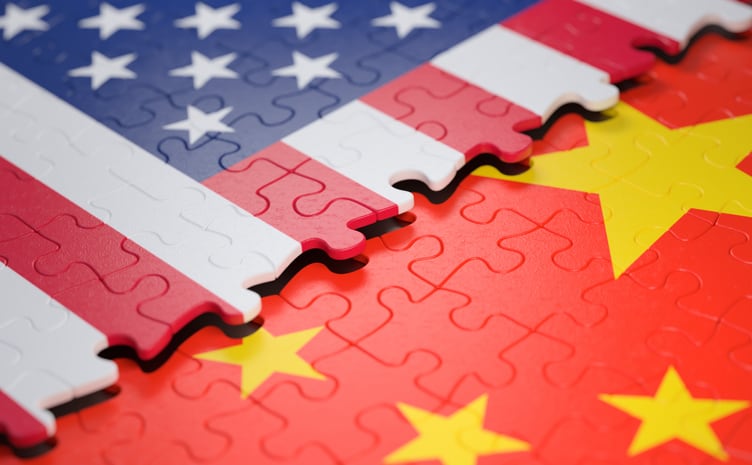China Chamber of Commerce for Import & Export of Medicines & Health Products (CCCMHPIE) recently released statistics on China’s import and export of nutraceuticals in the first half of 2025.
The US has maintained its leading position as the largest nutraceutical exporter to China, followed by Germany, Australia, Hong Kong, and The Netherlands as the top five exporters.
The US exported nutraceuticals amounting to US$821m to China in the first half of 2025, which was 19% higher than the same period last year.
Second-placed Germany exported nutraceuticals totalling US$668m to China, up 30.7% year-on-year (yoy). The country is enjoying a 16.8% share of China’s nutraceutical import market.
The CCCMHPIE noted in its report that the rapid rise of German brands in China has shown the domestic demand for products from reputable brands of high quality.
In contrast, exports from Australia dipped 27.8% yoy to US$392m - equivalent to a market share of 9.8%, significantly lower than last year’s 15.1%.
According to the report, the substantial drop was linked to a 33% decline in fish oil exports from Australia.
While the decline was attributed to a high base in 2024, it also reflected a slowdown in China’s demand for fish oil products and a notable change in the competitive landscape.
“Australian products are facing stiff competition from German and other European brands, as well as China’s domestic brands, in the mid to premium markets,” the report wrote.
Top exporters from EU and ASEAN
France, Italy and Spain were the other major European Union (EU) countries exporting into China’s nutraceutical market.
In total, the EU countries exported nutraceuticals amounting to US$1.11bn into China in the first half of 2025.
Within the 10 Association of Southeast Asian Nations (ASEAN), Indonesia, Thailand, and Malaysia were the top exporters.
In total, ASEAN exported nutraceuticals amounting to US$430m into China during the period.
Import trends: VMS, seal oil growth
Imported vitamin and mineral supplements, as well as seal oil capsules have continued to grow in demand in China’s nutraceutical market.
The value of vitamin and mineral supplements that China imported was up 38.9% yoy, while that of seal oil rose 21.1%.
In contrast, imports of edible bird’s nest and royal jelly was down.
As compared to 2023, import value of edible bird’s nest was down by 21.1% in this year, while that of royal jelly fell by 44.2%. The drastic drop in royal jelly import value was due to a smaller base, which the report said could be more easily subject to significant fluctuations arising from external factors.
Top importing Chinese provinces
Zhejiang and Guangdong were the two main Chinese provinces importing nutraceuticals in the first half of 2025, importing products valued at US$1.49bn and US$1.04bn respectively.
Shanghai municipality, and the province of Henan and Shandong made up the remaining top five nutraceutical importing regions of China.
Henan and Shandong respectively increased by 74.7% and 36.3% yoy in nutraceuticals import value, reflecting a growing demand for such products among China’s inland regions.
The report noted Henan’s increased demand for nutraceuticals could also have come from the construction of Zhengzhou Airport Economy Zone set up in 2013 as an international air logistics center, a gateway to inland China, and a core growth pole in the Central Plains economic zone amongst others.





